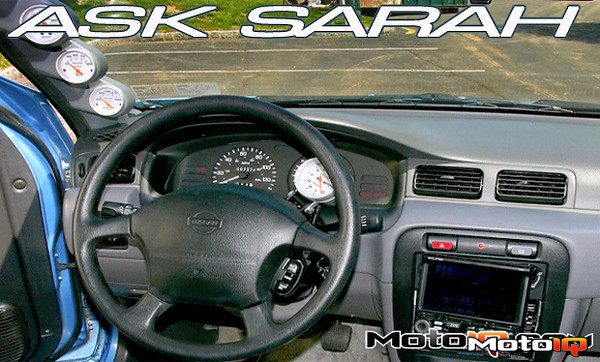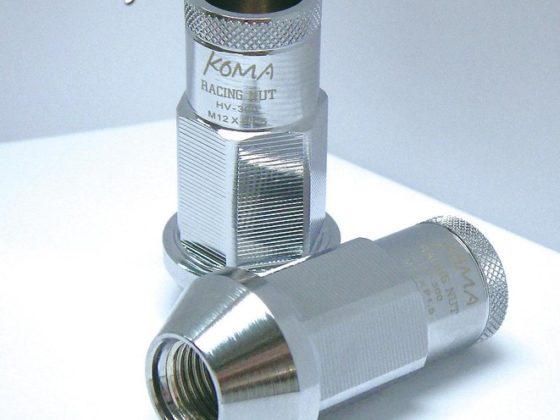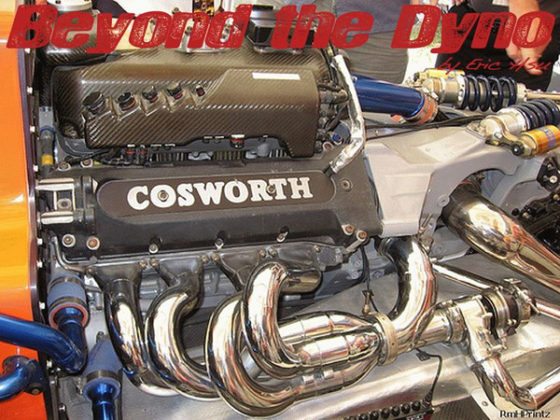,
 |
| Two words: oil cooler. Variable valve cam systems are oil generating machines. They require a lot of oil pressure and volume in order to move the rotor position in the intake cam gear to advance and retard the cam, against the friction and forces created by the rotating valvetrain. These types of engines are typically equipped with a high capacity oil pump, which also generates more heat in the oil. When the higher valve lift is being operated, more oil is pumped up to the head than drains back into the oil pan falling on to the rapidly spinning crankshaft where it is frothed into a hot vapor of oil and air. The oil left in the pan is circulated around the valvetrain and bearings more often, producing even more heat. It’s a constant cycle of heat. |
Obviously, prevention is key! Doing your best to keep your oil temps and engine temps cool will mean one less issue to ruin your track day. An oil cooler can help keep oil temps cool. A dry sump oiling system can scavenge oil and keep the bearings well lubricated, especially important during hard cornering or when running at more than 9000rpm. Mineral oils start to oxidize and deteriorate at temperatures greater than 250 degrees Farenheit. This makes the oil thicken into sludge, creating more heat and friction where the bearings and crank interact. Run synthetic oil for track days, especially during the summer, and also if you tend to beat on your car on the street. Coincidentally (I think not…), bearings can withstand temps only a few degrees hotter (around 260-270 degrees) than the temps when mineral oil starts to break down. And since overheating is the next greatest enemy of an engine, causing a warped head or block, blown head gasket, or even burned pistons and valves, use a higher capacity radiator on the track and an additive like Redline Water Wetter to cool engine temps about 15 degrees.
| My turbo car uses a 3 gauge pod with boost pressure, oil pressure, and water temperature. While my dash resembles an airplane cockpit, the stock instrumentation was far too basic for this kind of horsepower. I didn't even have a stock tach! That water temp gauge saved my ass one day when the fan wires melted and were no longer operating. |
Finally, don't rely on the stock instrumental gauges for most cars. They are typically inaccurate and usually only let you know there's a major issue after it's already done some extensive damage. The stock temp gauge usually has just three settings- coolish (when you start the car), warmish (normal operating temp), and hellish inferno. By that third setting, you're already disabled on the side of the road and calling for a tow truck. For the most part, these gauges tend to operate right in that normal range, even if temps are jumping around 30-40 degrees, so equip your car with accurate gauges. If you get a 3 pod pillar, I'd recommend oil pressure and water temp gauges fill two of the spots. If your engine is turbocharged, a boost/vacuum gauge should be the third. For N/A engines, an oil temp gauge would do.



